- What is Gear?
- What is GearBox?
- What does a gearbox do?
- What’s feature of gearbox?
- What is the transmission stage of a gearbox?
- Areas of application for gearboxes
- What are the types of gears?
- Types of industrial gearboxes
- Gearbox lubrication method
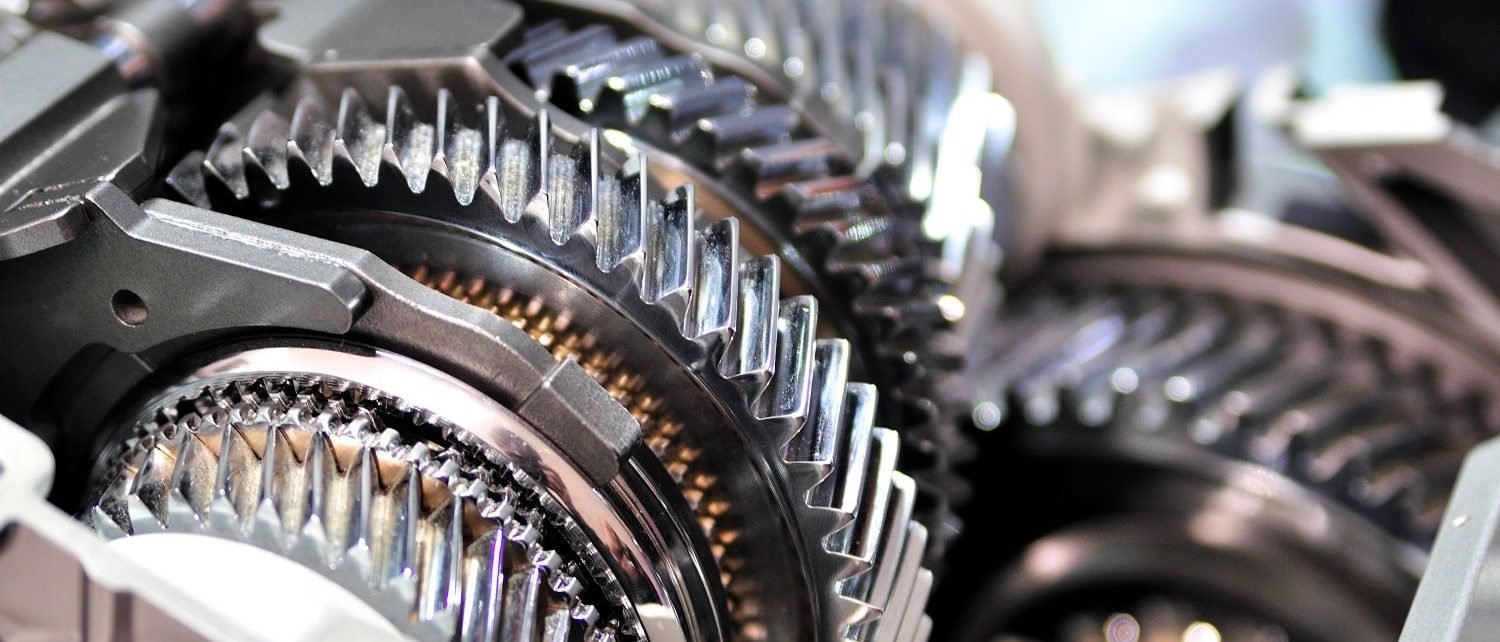
What is gear?
Gears are one of the most widely used mechanical components and are widely used in mechanical transmission. From the pinion of a clock to the big gear of a ship’s turbine, power is reliably transmitted.
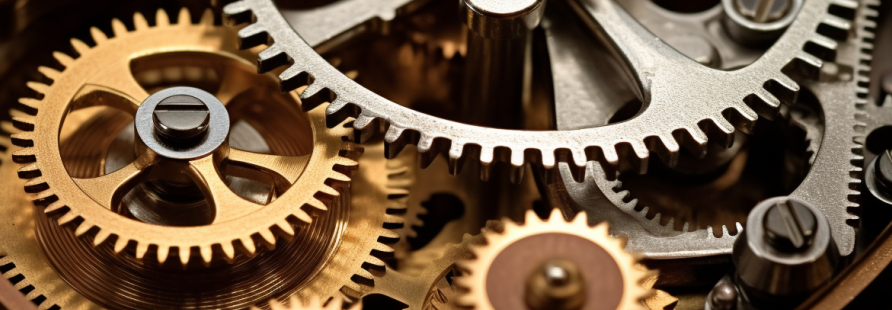
By selecting a combination of different number of teeth, it is possible to obtain any correct gear ratio. By increasing or decreasing the number of gear combinations, it is possible to freely change the position of the relationship between the axes of rotation. It can be used for transmission between various axes, such as parallel shafts, cross shafts, staggered shafts.
What is gearbox?
Gearbox is a kind of transmission device that realizes the transmission effect through the meshing of large and small gears, and has many applications in the transmission of industrial machinery. The big gear is mounted on a low-speed shaft in the gearbox, and the pinion is mounted on a high-speed shaft. Through the meshing and transmission between the gears, the process of acceleration or deceleration can be completed.
The gearbox bears the force from the wind wheel and the reaction force generated by the gear transmission, and must have enough rigidity to withstand the force and torque, prevent deformation, and ensure the transmission quality. The design of the gearbox casing should be carried out according to the layout of the power transmission, the processing and assembly conditions, and the requirements for easy inspection and maintenance. With the continuous and rapid development of the gearbox industry, more and more industries and different companies are using gearboxes, and more and more companies are developing and growing in the gearbox industry.
Gearboxes are important mechanical components widely used in wind turbines. Its main function is to transfer the power generated by the wind wheel under the action of the wind to the generator, so that it can obtain the corresponding speed. Usually, the speed of the wind rotor is very low, far from the speed required by the generator to generate electricity.
The gearbox is based on the modular design principle of the unit structure, which greatly reduces the variety of parts, suitable for high-volume production and flexible options. The spiral bevel gears and helical gears of the reducer are made of high-quality alloy steel carburizing and quenching, with a tooth surface hardness of up to 60±2HRC and a tooth surface grinding accuracy of up to 5-6 grades.
What does a gearbox do?
-
-
- Acceleration and deceleration are often referred to as variable speed gearboxes.
- Changing the direction of transmission, e.g. using two sector gears to transmit the force vertically to the other shaft of rotation.
- Changing torque: The faster the gear turns, the less torque on the shaft and vice versa at the same power.
- Clutch function: By separating the two gears that were originally meshed, the engine can be separated from the load. Such as brakes, etc.
- Distribute power: For example, one engine can drive multiple slave axles through the transmission spindle, so that one engine can drive multiple loads.
-
What are the characteristics of the gearbox?
1.There is a wide selection of transmission products
The gearbox usually adopts a general design scheme, but in special cases, the design scheme of the gearbox can be changed according to the needs of the user, and it can be modified to an industry-specific gearbox. In the design of the gearbox, parallel shafts, vertical shafts, universal boxes, and various parts can be changed according to user requirements.
2.The gearbox performs smoothly
The gearbox performs smoothly and reliably, and the transmission power is high. The external cabinet structure of the gearbox can be made of sound-absorbing materials to reduce the noise generated during the working process of the gearbox. The box structure of the gearbox itself and the large fan can effectively reduce the working temperature of the gearbox. During the use of the gearbox, it is necessary to clean the main gearbox in a timely manner. The transmission cleaning and maintenance machine uses the original oil supply, oil discharge system and filtered lubricating oil of the gearbox to clean the gearbox, without replacing any hardware facilities of the gearbox, and without adding any cleaning agent, to ensure the safe operation of the gearbox. Extend the life of the gearbox.
3.The gearbox is fully functional
In addition to the deceleration function, the gearbox also has the function of changing the transmission direction and transmission torque. For example, after the gearbox adopts two sector gears, the force can be transmitted vertically to the other shaft to achieve a change in the direction of transmission, and the principle of the gearbox to change the transmitted torque is that under the same power, the faster the gear rotates, the smaller the torque on the shaft, and vice versa. The gearbox enables the clutch function during execution. If the two transmission gears that were originally meshed are separated, the connection between the prime mover and the working machine can be cut off, so as to achieve the effect of separating the power and load. In addition, the gearbox distributes power through a single drive shaft that drives multiple driven shafts.
What is the transmission stage of a gearbox?
From the input end to the output end of the gearbox, the gear train formed by a pair of gears meshing is called single-stage gear transmission, and its transmission stage is 1 stage. The gear train, which consists of two sets of single-stage gearing, has two transmission stages. By analogy, there are 3, 4 and 5 stages of transmission. However, when the series increases to a certain number, the decrease in the total equivalent inertia is not significant. Considering the compact structure, transmission accuracy and economy, the number of stages should not be too much.
Areas of application for gearboxes:
It is widely used in printing and packaging machinery, three-dimensional garage equipment, environmental protection machinery, conveying equipment, chemical equipment, metallurgical mining equipment, steel power equipment, mixing equipment, road construction machinery, sugar industry, wind power generation, escalator elevator drive, shipbuilding, light industry, papermaking, metallurgical industry, sewage treatment, building materials industry, lifting machinery, conveyor line, assembly line, etc. It is suitable for high power, high speed ratio and high torque.
What are the types of gearing?
Parallel shaft gearing
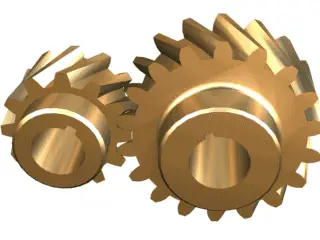
Helical gearing
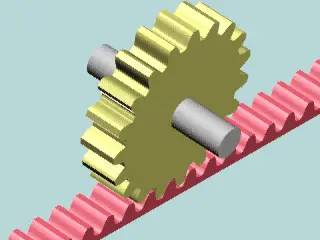
Rack and pinion
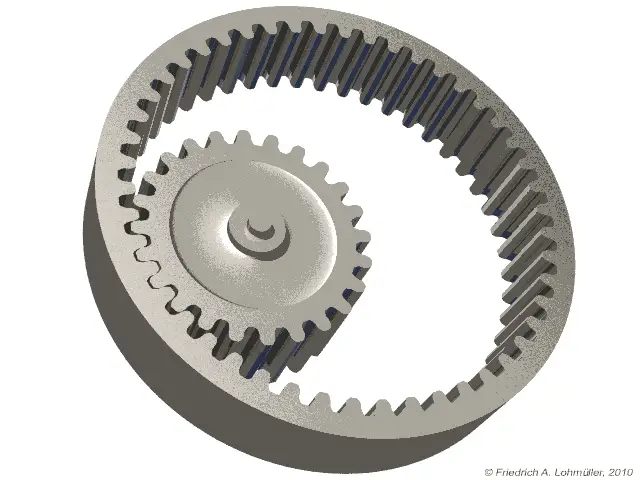
Internal gearing
Cross-shaft gears

Helical bevel gear transmission
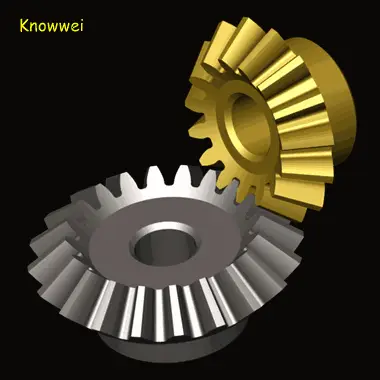
Straight-toothed cone wheel drive
Staggered shaft gearing

Staggered shaft helical gearing
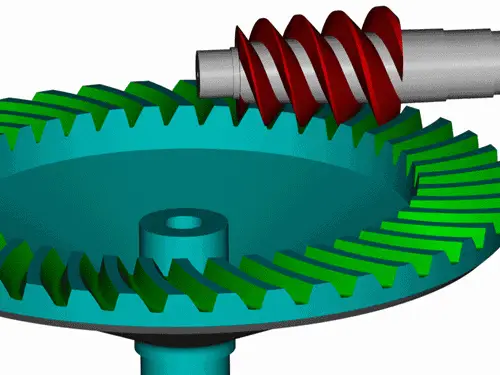
Hypoid gear transmission
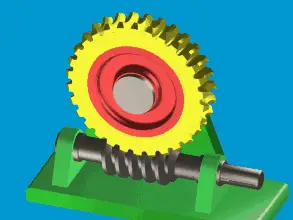
Worm drive
Types of Industrial Gearboxes:
AT: It is known as a hydraulic automatic transmission and is one of the most automatic transmissions. Starting from the early 4AT gearbox, some cars are equipped with 9AT gearbox and AT gearbox. The advantages are obvious, the power is more direct, the disadvantages are more prominent, and the fuel consumption is relatively high.
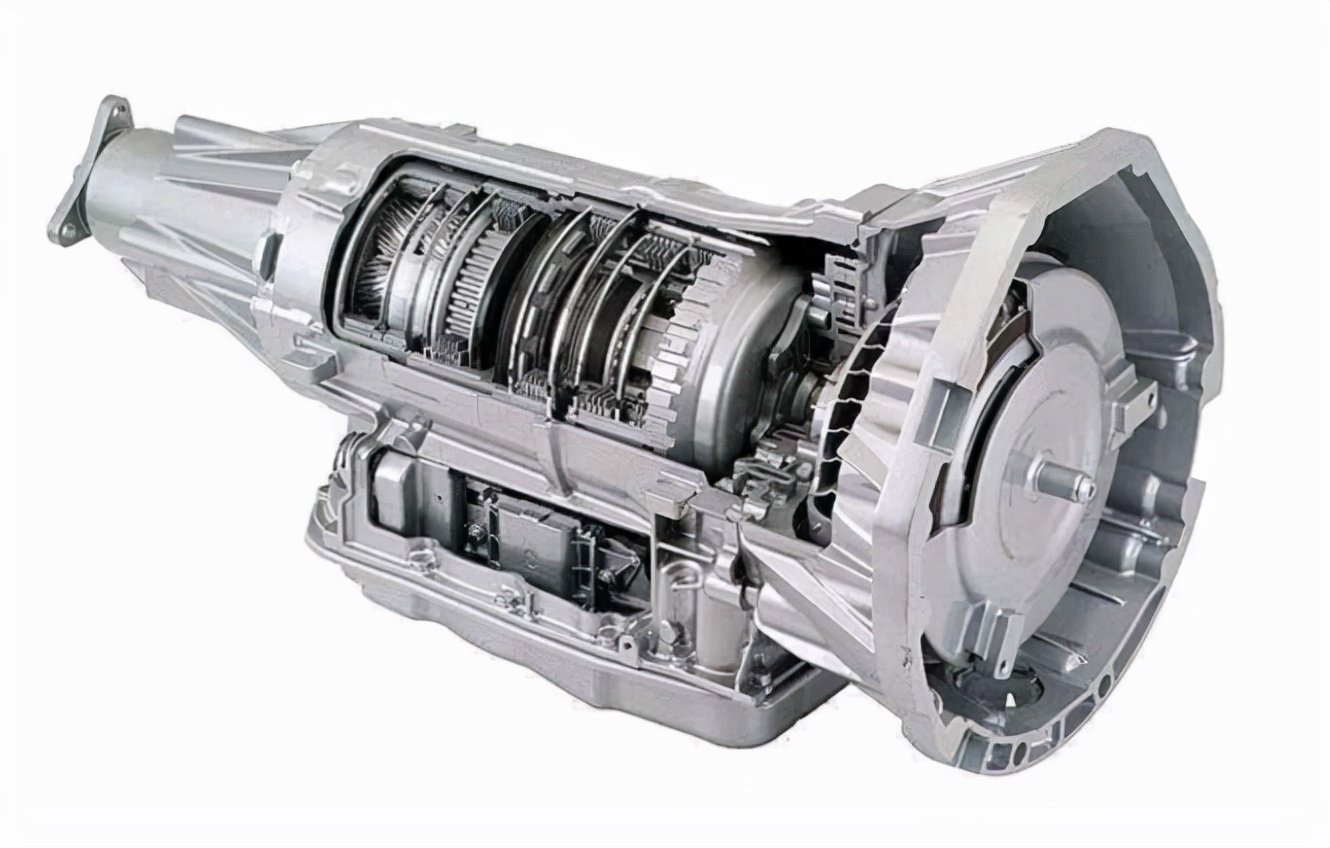
CVT: It is called a mechanical continuously variable automatic transmission, which is mainly represented by Japanese cars. Most models of Honda and Nissan use continuously variable transmissions. The characteristics of the continuously variable transmission are obvious. Since the gear ratio is not a discrete point, but a series of continuous values, the smoothness performance is excellent and the fuel economy is outstanding, but the shortcomings are more obvious, and the power is instantaneous. The output is not bursting and is relatively soft.

DCT: A dual clutch uses two sets of clutches, abbreviated as DCT. The effect of recoil-free shifting is achieved by the interaction of two sets of clutches, which are divided into dry dual clutches and wet dual clutches. The dual-clutch gearbox shifts quickly, with low power loss and good fuel economy when shifting. The disadvantages of dual-clutch gearboxes are more obvious, and the stability of quality is the main disadvantage of dual-clutch transmissions.
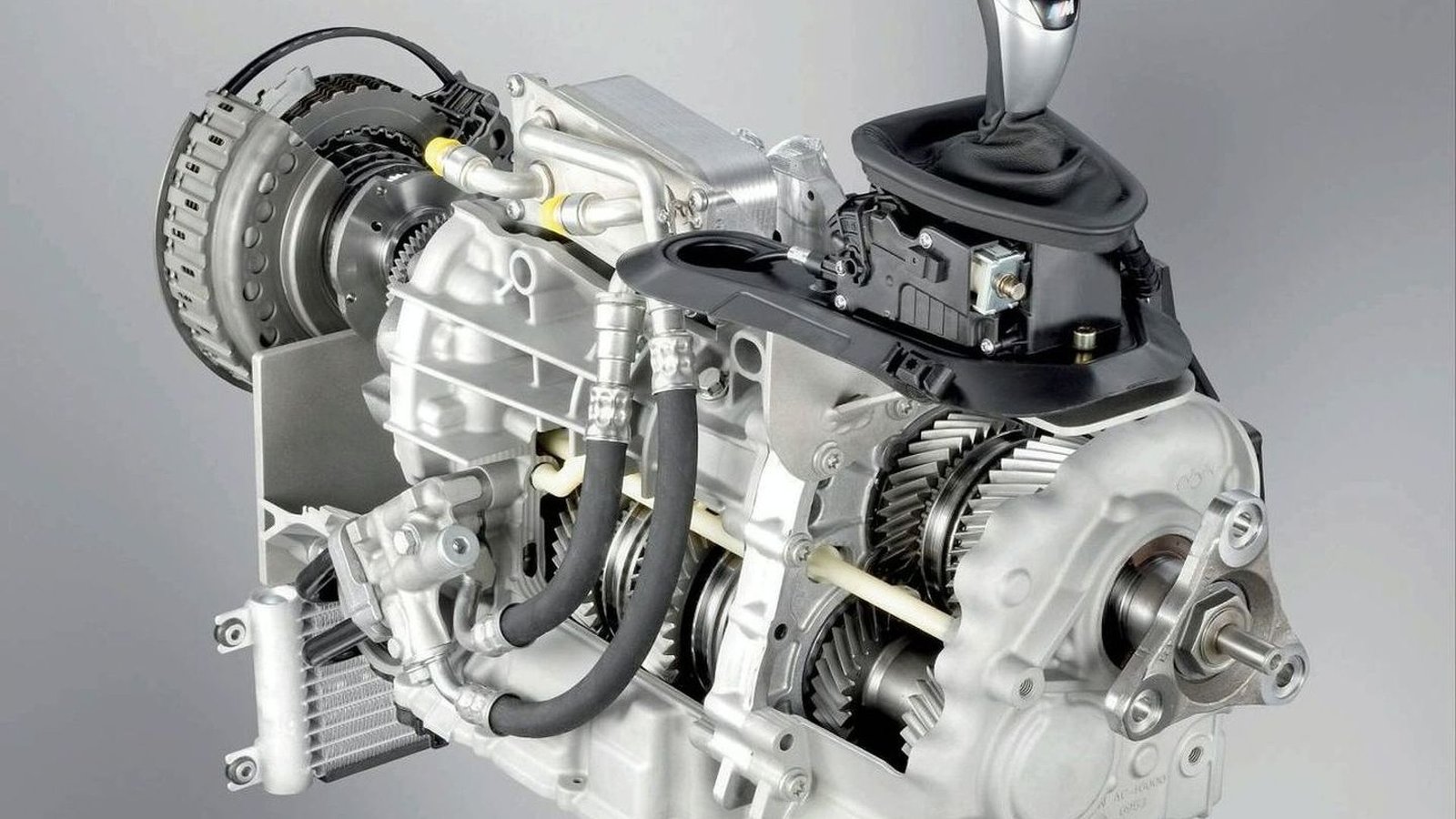
Gearbox lubrication method:
Commonly used gearbox lubrication methods include gear oil lubrication, semi-fluid grease lubrication and solid lubricant lubrication. For better sealing, high speed, large load, good sealing, gear oil can be used for lubrication. For poor sealing performance and low speed, semi-fluid grease can be used for lubrication.
The lubrication system of the gearbox is of great significance to the normal operation of the gearbox. Large wind turbine gearboxes must be equipped with a reliable forced lubrication system to lubricate the gear meshing zone and bearings. Insufficient lubrication accounts for more than half of the causes of gearbox failure. The temperature of the lubricant is related to the fatigue of the components and the life of the entire system. – In general, the maximum oil temperature during normal operation of the gearbox should not exceed 80 ° C, and the temperature difference between different bearings should not exceed 15 ° C. When the oil temperature is higher than 65°C, the cooling system starts working. When the oil temperature is lower than 10°C, the lubricating oil should be heated to a predetermined temperature before starting.
When the operating temperature of the oil rises above the set value, the gearbox will shut down due to the high temperature, and the tooth flanks and bearings will wear. In addition, low temperatures also increase the viscosity of the transmission oil. When the oil pump starts, the load is heavier and the oil pump motor is overloaded. Transmission lubricants have an optimal operating temperature range. It is advisable to design a lubricating oil thermal management system for the transmission lubrication system: when the temperature exceeds a certain value, the cooling system starts working, when the temperature falls below a certain value, the heating system starts working, and the temperature is always controlled within the optimal range. In addition, improving the quality of the lubricating oil is also an important aspect that must be considered in the lubrication system. Lubricant products must have excellent low-temperature fluidity and high-temperature stability.

